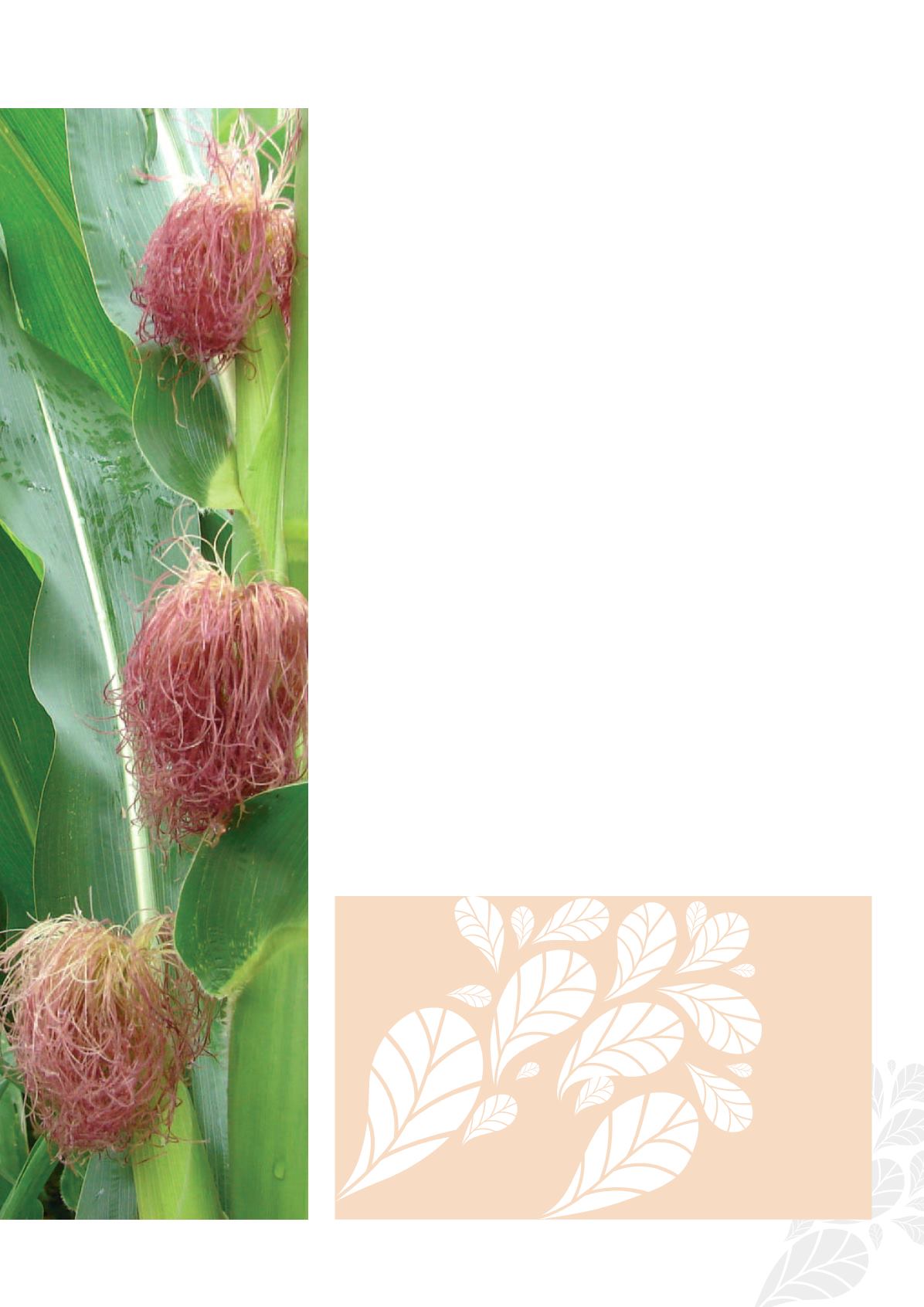

ႃႅ
CHAPTER 4
SAMPI’s biggest problemwas probably that even the government did not recognise
SAMPI as the representative of the maize producers, but it recognised the SAAU
and therefore also SAMSO.
Document of unity
In the midst of the ongoing struggle and increasing division between SAMPI and
SAMSO Minister Schoeman became involved again in January 1979 by having a
document of unity drafted and submitting it to SAMPI and SAMSO for comment.
The document made provision for the election of delegates to the founding Con-
gress of a new organisation for unity.
During the election 400 producer delegates had to be appointed at regional produc-
tion level, as well as 70 co-operative delegates, who also had to be maize producers.
All maize producers who produced maize for marketing would be allowed to vote
for the selection of delegates. The elected delegates would then meet on a regional
basis to elect a regional Chairperson to be the representative for the relevant region
on the Executive council. Twenty regions were identified for this purpose.
SAMSO accepted the Minister’s proposals unconditionally, but SAMPI expressed
its dissatisfaction with quite a number of issues because they would harm SAMPI’s
members. It was clear that theMinister’s proposals had been drafted in collaboration
with SAMSO and the SAAU. The Minister subsequently submitted somewhat
amended ‘final’ proposals. However, they did not address all the matters raised by
SAMPI, and were therefore not acceptable.
In the end this attempt at achieving unity also failed. Minister Schoeman then
appealed to the maize producers to come up with a ‘boereplan’, as it seemed to
be impossible to achieve reconciliation at management level. Arising from this,
SAMSO’s branch in Middelburg in Mpumalanga proposed a maize parliament
comprising 20 members. SAMPI accepted the plan in principle, but it was
eventually rejected by SAMSO and the stalemate situation continued.
In the meantime, SAMPI decided to appeal directly to the Prime Minister, Mr PW
Botha, to accomplish unity in the maize industry, and on 10 August 1979 a letter
in this regard was sent to him. In his reply the Prime Minister said that the at-
titude among the maize producers did not promote the industry and he strongly
appealed to SAMPI to do everything they could to accomplish unity in the industry.
This was supported unconditionally by Minister Schoeman.
Shared vision
At its subsequent Annual Congress in March 1980 SAMPI emphasised that unity
in the maize industry was vital, but insisted that it occur through an autonomous
specialist organisation.
TURNAROUND AFTER BROEDERBOND DISCUSSIONS
When it became evident again in 1980 that SAMSO was not prepared to col-
laborate with SAMPI, SAMPI tried to determine who was behind SAMSO’s
reluctance. SAMPI knew that the Broederbond opposed the founding
of SAMPI and approached a member of the Broederbond who was well
disposed towards SAMPI. He succeeded in arranging an appointment for
SAMPI representatives with the Broederbond, provided the delegates were
all members of the Broederbond. SAMPI set up a team comprising Messrs
Piet Earle, Hannes de Kock, Naas Pretorius and Prof Piet Aucamp to meet
representatives of the Broederbond.
It is not known exactly what role the Broederbond played, but shortly after this
meeting an agreement was reached between SAMPI and SAMSO to collabo-
rate and the process was continued, leading to the meeting of 3 October 1980.
















